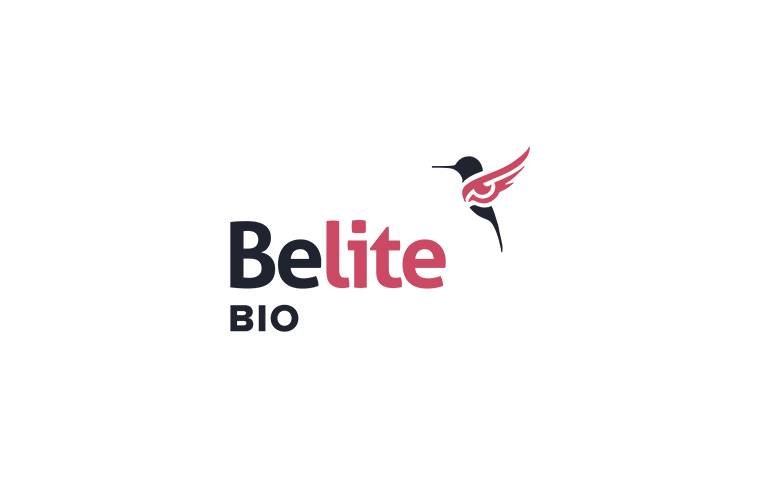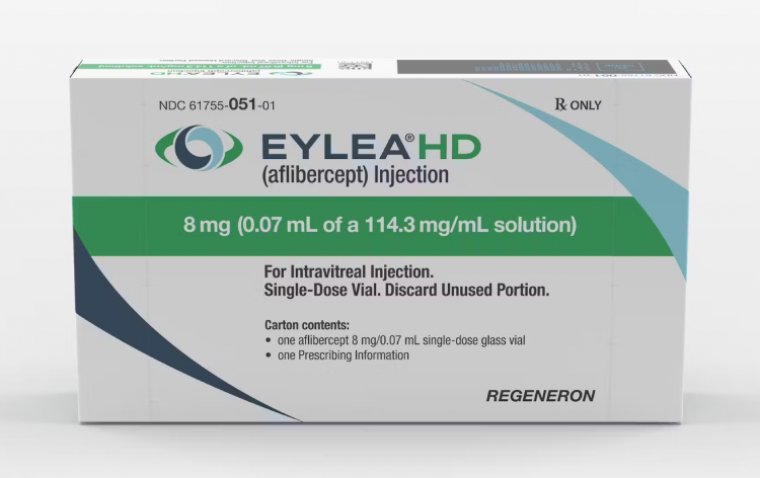
Study Finds Perfluorohexyloctane Drops Significantly Improve Dry Eye Symptoms
According to recent research, perfluorohexyloctane eye drops (SHR8058) demonstrated significant improvement in both the signs and symptoms of dry eye disease (DED) linked to meibomian gland dysfunction (MGD) with rapid effectiveness in Chinese patients.
The findings showed that the perfluorohexyloctane group exhibited better results than the control group (0.6% sodium chloride solution) in terms of the change from baseline at day 57 for total corneal fluorescein staining (tCFS) and eye dryness score.
“This trial supports the use of these drops if these findings can be confirmed independently and over longer time periods,” wrote the investigative team from the Beijing Institute of Ophthalmology.
For a long time, clinical investigators have been searching for new treatment options for dry eye disease (DED), as medical and surgical management remains limited. Led by Ying Jie, MD, the current clinical trial aimed to assess the effectiveness and safety of SHR8058 eye drops in patients suffering from DED associated with meibomian gland dysfunction (MGD).
The eye drops contain a semi-fluorinated alkane called perfluorohexyloctane, which is free from water and assists in the formation of a layer at the tear film-air interface, thereby potentially improving the signs and symptoms of DED.
The Study
The phase 3 clinical trial was conducted from February 2021 to September 2022, recruiting patients from 15 hospitals in China. The study was randomized, multicenter, double-masked, saline-controlled, with the inclusion criteria being age above 18 years, a complaint of dry eye disease (DED) symptoms for six months or more during screening, an ocular surface disease index (OSDI) score of 25 or higher, and a tear film breakup time of 5 seconds or less.
To be eligible for the study, patients were required to have a Schirmer I test without anesthesia result of 5 mm or more at 5 minutes, a total corneal fluorescein staining (tCFS) score of 4-11, and a meibomian gland dysfunction (MGD) score of 3 or more. Patients were randomly assigned to receive either perfluorohexyloctane eye drops or 0.6% sodium chloride (NaCl) four times a day in a 1:1 ratio. The study was conducted from February 2021 to September 2022, with patients recruited from 15 hospitals in China. The primary endpoints of the study were the changes from baseline in tCFS and eye dryness scores on day 57.
Of the 386 patients screened, 312 were analyzed, with 156 receiving perfluorohexyloctane (mean age, 45.4 years; 118 female [75.6%]) and 156 receiving 0.6% NaCl (mean age, 43.7 years; 127 female [81.4%]).
The Findings
The study's primary endpoints, changes in tCFS and eye dryness scores at day 57, were both significantly improved with perfluorohexyloctane. Results showed a better change in tCFS score with perfluorohexyloctane when compared to saline (mean, –3.8 vs. –2.7), as well as better eye dryness scores (mean, –38.6 vs. –28.3). Estimated lsmean differences were −1.14 (95% CI, −1.70 to −0.57; P < .001) and −12.74 (95% CI, −17.20 to −8.28; P < .001), respectively.
Jie and colleagues noted that the perfluorohexyloctane group demonstrated greater improvements in tCFS and eye dryness scores at days 15 and 29 compared to the control group, and these improvements were maintained through day 57. The perfluorohexyloctane eye drops also provided relief for symptoms such as pain, awareness of DED symptoms, and frequency of dryness compared to the saline group.
The perfluorohexyloctane group showed that 34 participants (21.8%) experienced treatment-emergent adverse events (TEAEs) and 22 participants (14.1%) experienced ocular TEAEs. In the control group, 40 participants (25.6%) and 24 participants (15.4%) experienced TEAEs and ocular TEAEs, respectively. However, there were no adverse events that resulted in death or treatment termination.
Jie and colleagues noted that inconsistencies in DED signs and symptoms have often compromised the evaluation of treatment response in clinical trials, leading to study endpoint failures. Nevertheless, based on the findings, the team suggests that perfluorohexyloctane eye drops could potentially be a first-line treatment to overcome the limitations in treating DED.
“Therefore, the findings of this study are particularly remarkable, which demonstrate improvement in both signs and symptoms of DED in a single, randomized, well-controlled clinical trial,” investigators wrote.
Reference
Tian L, Gao Z, Zhu L, et al. Perfluorohexyloctane Eye Drops for Dry Eye Disease Associated With Meibomian Gland Dysfunction in Chinese Patients: A Randomized Clinical Trial. JAMA Ophthalmol. Published online March 16, 2023. doi:10.1001/jamaophthalmol.2023.0270
(1).jpg)










